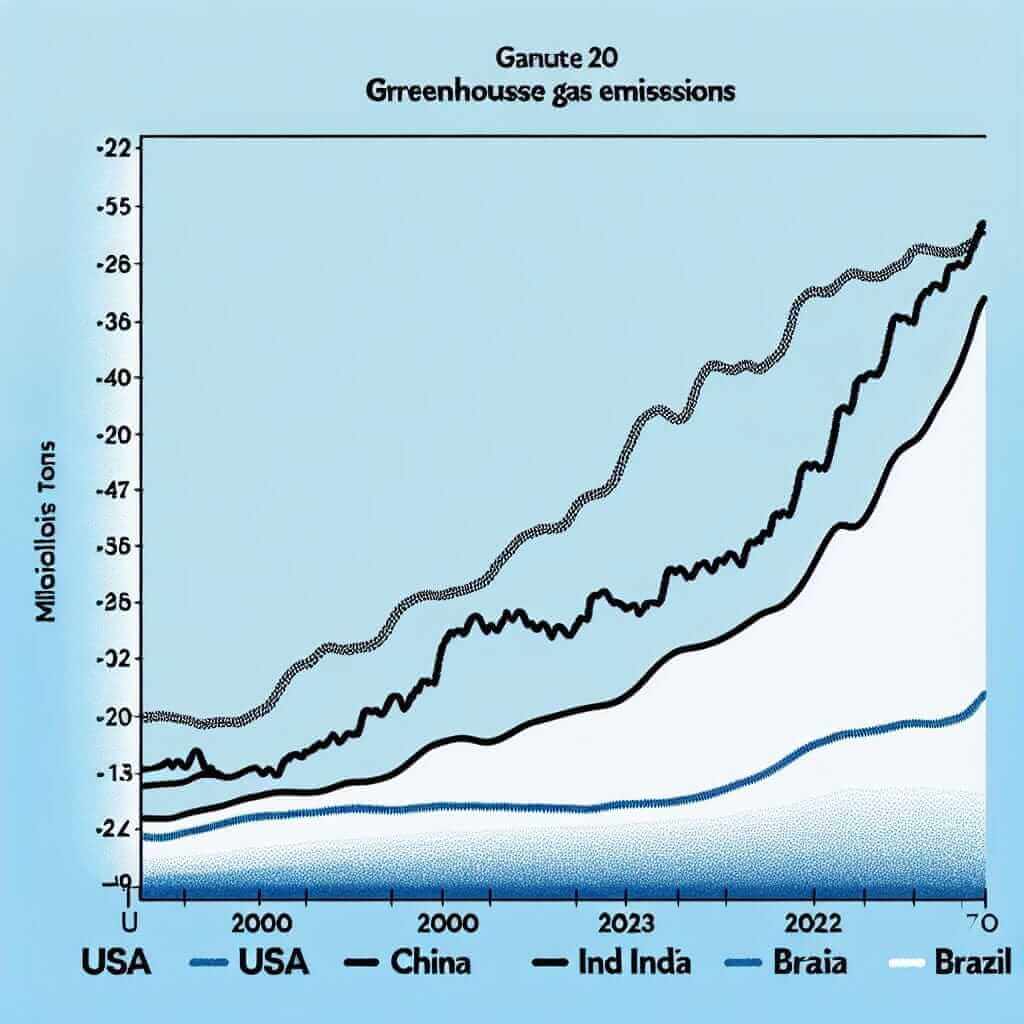In recent years, the topic of “Trends in Higher Education Graduation Rates (2000-2023)” has become increasingly relevant, appearing frequently in various IELTS writing tasks. This article aims to provide a deep dive into this subject, offering valuable insights and tips to help you excel in the IELTS Writing Task 1. We’ll explore a typical IELTS task related to this topic, analyze a relevant dataset, and provide a sample response that meets the criteria for a Band 7+ score.
Nội dung bài viết
Sample Task
Task 1: The chart below shows changes in the graduation rates in higher education from 2000 to 2023 in three different countries: the USA, the UK, and Australia.
Create the Data
To create a realistic scenario, we’ll fabricate a dataset:
| Year | USA | UK | Australia |
|---|---|---|---|
| 2000 | 30% | 40% | 35% |
| 2005 | 35% | 45% | 40% |
| 2010 | 50% | 60% | 55% |
| 2015 | 55% | 70% | 65% |
| 2020 | 60% | 75% | 70% |
| 2023 | 65% | 85% | 80% |
 Higher Education Graduation Rates (2000-2023)
Higher Education Graduation Rates (2000-2023)
Analyzing the Task
When tackling an IELTS Task 1, it’s vital to discern the main trends, compare data points, and note specific details.
- Main Trends: Over the period from 2000 to 2023, all three countries show a significant increase in graduation rates.
- Comparisons: In 2000, the UK had the highest graduation rate at 40%, followed by Australia at 35% and the USA at 30%. By 2023, the UK had surged ahead with 85%, while Australia and the USA followed at 80% and 65% respectively.
- Specific Details: Notice the considerable jump in the UK’s graduation rates, particularly between 2010 and 2023.
Sample Response
The chart illustrates changes in higher education graduation rates in the USA, the UK, and Australia between 2000 and 2023. Overall, there was a noticeable upward trend in all three countries, with the UK experiencing the most significant increase.
Initially, in 2000, the UK had the highest graduation rate at 40%, while the USA lagged behind with a 30% rate, and Australia stood at 35%. Over the following decades, all three countries saw substantial improvements.
By 2010, the graduation rate in the USA had risen to 50%, mirroring similar growth in Australia, which saw an increase to 55%. However, the UK’s rate had climbed to an impressive 60%, maintaining its leading position.
In the subsequent years, the USA’s rates continued to climb steadily, albeit at a slower pace than the other two countries, reaching 65% by 2023. Meanwhile, the UK saw an extraordinary increase, peaking at 85%, and Australia followed closely, ending at 80%.
In conclusion, while all three countries demonstrated significant improvements in higher education graduation rates, the UK outpaced the USA and Australia, particularly throughout the last decade.
Word Count: 186
Key Points When Writing Task 1
Vocabulary and Grammar
- Trends and Comparisons: Use a variety of language to describe trends (e.g., “significant increase”, “steady rise”, “substantial growth”).
- Precise Descriptions: Be precise with data points and percentage changes.
- Linking Words: Utilize linking words to connect your ideas smoothly (e.g., “initially”, “by”, “overall”, “in conclusion”).
Key Vocabulary to Remember
- Surge (verb) /sɜːdʒ/: to rise or move forward forcefully.
- Noticeable (adjective) /ˈnəʊtɪsəbəl/: easily seen or evident.
- Steadily (adverb) /ˈstedʌli/: in a regular and even manner.
- Substantial (adjective) /səbˈstænʃəl/: of considerable importance, size, or worth.
- Maintain (verb) /meɪnˈteɪn/: to keep in a specified state or position.
Conclusion
When facing an IELTS Writing Task 1 question, especially on topics like “Trends in Higher Education Graduation Rates (2000-2023)”, remember to identify and effectively communicate the main trends, compare data points, and include relevant details. Mastery of vocabulary and data description is key to achieving a Band 7+ score. Practice regularly with varied datasets to develop these essential skills.


